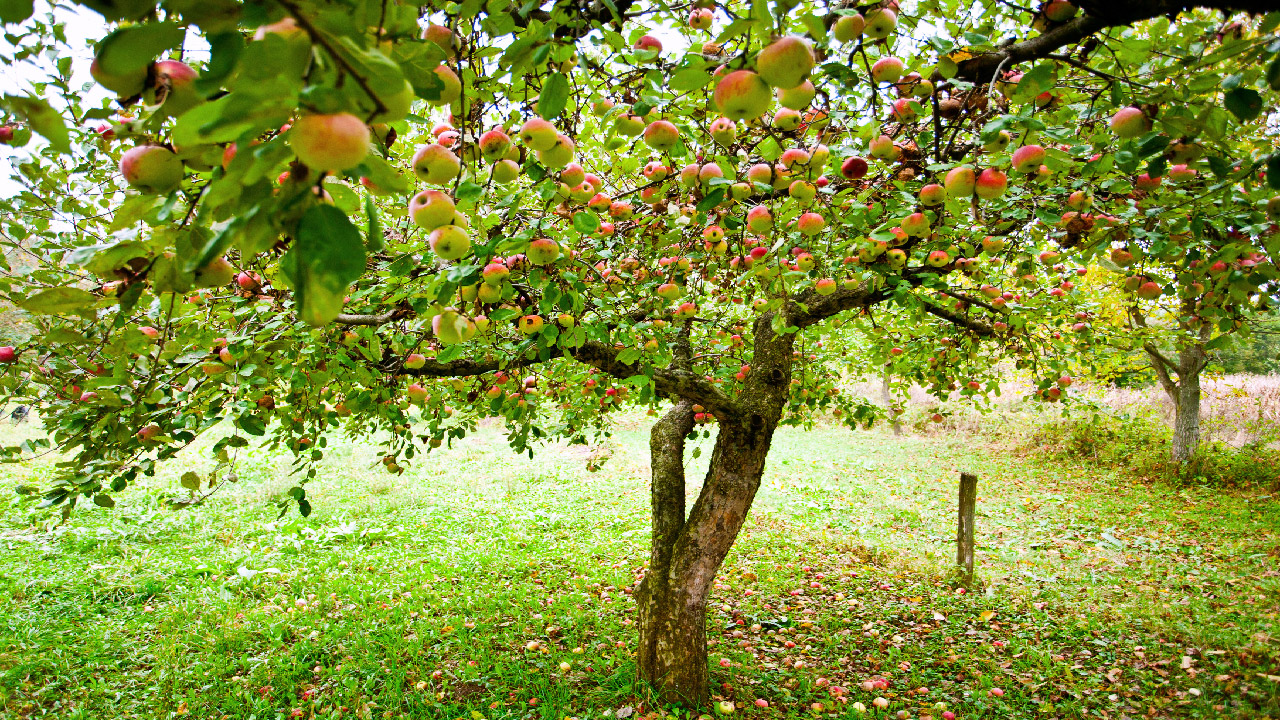Growing Your Own Fruits and Nuts
Apr 12th 2023
One of the most important aspects of food self-sufficiency is perennial foods, and fruits and nuts offer some of the most delicious and pollinator-friendly perennials available. You don't need an entire orchard to reap the benefits of growing your own trees and shrubs of abundance. There are varieties for everyone to enjoy, from common ones such as apples and blueberries to the more unique elderberries and currants. Get started with the most essential information you need to start growing your own fruits and nuts!
First, consider whether you have the time and desire to prune and harvest your fruit trees and shrubs. It can be a larger investment in time and money than many people expect. Before planting anything, it's essential to determine which fruits or nuts grow well in your region. There are many cold-hardy varieties that are bred to withstand colder temperatures. If you are interested in fruits that require a warmer region, you may be able to grow them indoors year-round. Lemons, for example, rarely do well outdoors in growing zones lower than 8, but dwarf varieties are often grown indoors in pots.
You will also need to consider how much space you have. Smaller spaces may require shrub plants instead of trees. Dwarf trees may be a good option for home gardeners with enough skills and time to keep them pruned. Many of these delicious plants also require at least 6 hours of sunlight per day, so ensure you have the required area in your home landscape. Plums are one example of a fruit that produces a bounty, even on dwarf trees. A stone fruit, plums, should be planted in a cluster for optimal pollination.
Once you have your varieties planned, do some research into their preferred spacing. With a 10-to-20-foot area, you could grow a self-pollinating dwarf tree, like figs or persimmons. Pecan trees, on the other hand, require 70 square feet of space in order to grow optimally. Dwarf apple trees need to be 8-10 feet apart while standard varieties need 20-30 feet of space between them. Blueberry bushes should be less than 10 feet apart to encourage pollinators to stop at multiple in a single foraging trip. Sweet cherry trees should be 35-30 feet apart, but the good news is that you can get up to 30-50 quarts of fruit every year after the trees mature. Walnuts are a long-lived tree that can provide many benefits, though they aren't for the faint of heart. These trees can reach up to 80 feet high in a home garden, but harvesting simply requires taking the ripe fruit from the ground when it falls.
Irrigation is an important aspect of any fruit and nut tree, especially if you live in an area without much rainfall. Drip irrigation is often the preferred method to minimize water waste and get water directly to the roots of the plant where they need it most. There are a couple of different options, including ¼" soaker dripline and ½" emitter tubing. Soaker hoses can be wrapped around the base of the tree, at least 1-2 feet away from the truck to ensure the roots get the water they need. Emitter lines can be set up the same way or can be erected parallel on either side of the tree. Supernet sprinklers offer a third alternative, watering without clogging in a set radius. Almond trees are part of the rose family, and they need plenty of water in the five years it takes to fully mature. With almonds, you should aim for 3-4 inches per week. Hazelnuts, on the other hand, can handle dry conditions and prefer at least 1 inch of water every 10 days. Take these watering schedules into consideration before choosing your trees.

